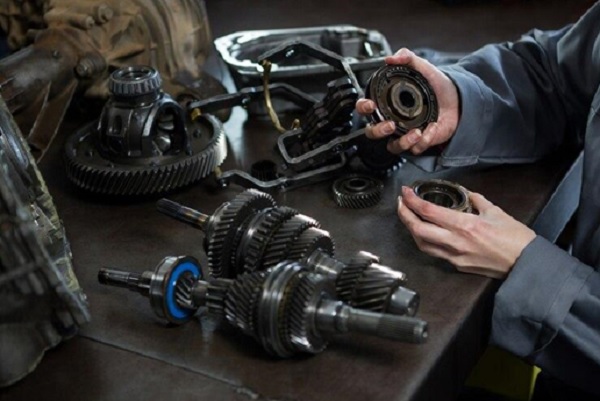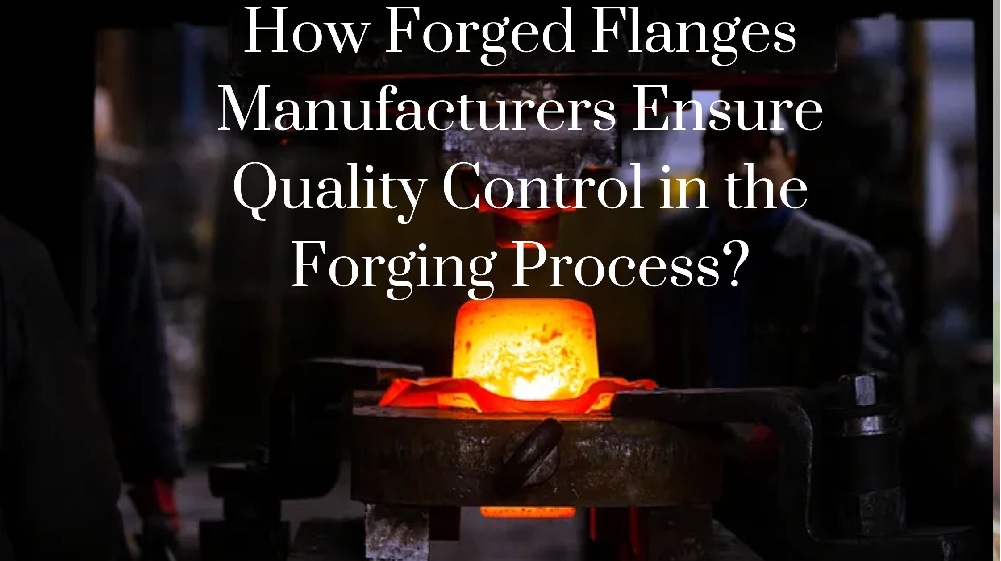Precast construction creates building components in a controlled factory setting where quality and precision are closely observed. It includes walls, floors, beams, and columns. These elements are carefully crafted and transported to the construction site for assembly. This type of construction process speeds up the overall building process and minimizes disruptions and waste generation at the construction site. The workers are able to assemble the building components efficiently, which results in organized project timelines in the long run.
Creating components in a controlled factory environment allows for superior quality control and consistency, which significantly reduces the chances of errors. This technique meets safety standards and environmental regulations easily. Furthermore, precast construction minimizes waste generation during the production process. It requires few raw materials on-site. It results in a smaller carbon footprint and reduces the construction span by 50%. These benefits make it an attractive option for developers and contractors. Moreover, precast components are produced in a controlled environment, which minimizes the risk of weather-related delays and ensures consistent quality. All of these increase the preference for this type of construction and eventually contribute to the expansion of the precast construction market.
High-performance concrete, recycled materials, and low-energy procedures
Longevity and durability make precast concrete a highly sustainable material. Researchers suggest using recycled materials and adopting construction methods that need lower energy. In addition, high-performance concrete makes structures durable and resists environmental factors. It also provides higher load-bearing capacity. UHPC is produced in thin sections without compromising its structural integrity. BASF collaborated with Skanska in 2020 to develop new formulations for precast concrete that combine recycled content and enhance energy efficiency, paving the way for greener construction solutions.
Smart precast concrete elements involving self-sensing behaviors
Recent studies have focused on improving concrete properties by incorporating it with innovative solutions such as fibers, admixtures, and supplementary cementitious components. The infrastructure of modern structures demands components with greater durability and higher mechanical strength. This solution is only achieved through the addition of nanomaterials to cement-based products, thus enhancing their mechanical features. Examples of nanomaterials include carbon nanotubes, nano-ferric oxide, and graphene oxide. Nanomaterials are added to cement with the addition of other reinforcements such as glass, steel fibers, fly ash, and rice hull powder.
An article on recent progress on graphene oxide for next-generation concrete, published in June 2023 highlights that ITZ of concrete with GO is characterized by instrumentation and a multiscale model. Concrete with GO inclusion achieves a smart system of self-sensing behaviors. GO also dramatically improves the mechanical and salt-freeze properties of concrete.
BIM software assists structural engineers involved in precast construction
The major reason for opting precast technology is the rapid progression in structural engineering. This is especially fitting with Precast Building Information Modeling software. It has notably helped in the advancement and acceptance of precast technology. Currently, structural engineers imagine the project in 3D before it starts at the site. They use software to simulate real-world conditions and assess the effects of wind, seismic activity, and other forces. The stimulation also includes various loads on building elements, encompassing the structure’s own weight. This software gathers data with precision. Furthermore, it helps in intricate design and detailing of precast elements in advance of on-site activities. Initiating structural performance before real construction lessens errors, enhances safety, and organizes the entire construction process.
Digital design and manufacturing
BIM allows architects and engineers to create detailed 3D models of structures before construction starts. This improves planning and coordination among various stakeholders, encouraging a more collaborative environment. Changes made during the design phase are easily shared among team members with BIM technology, significantly lowering the risk of costly errors during construction. A Journal of Construction Engineering and Management study revealed that implementing BIM reduces design errors by up to 40%, which helps to minimize expensive changes and delays on-site.
In addition, robotic arms and 3D printing allow precast manufacturers to produce components with greater accuracy and speed. ETH Zurich and Holcim introduced a cutting-edge and sustainable floor system in October 2021. Its design eliminated the requirement for embedded steel support, making it easy to recycle. Building operations like streamlined hydronic heating and cooling systems were easily integrated. Holcim and BRG also developed the floor system into a precast solution, which has been available for industrialized construction since 2023.
The notable population growth, the increased demand for affordable residents, higher efficacies achieved through precast process, and accelerated construction speed through precast technology positively influenced the market in the last few years. Moreover, old building restorations increase investment in the construction industry. This also raises the need for prefabricated parts and thus contributes to the growth of the precast construction market.
China includes the world’s largest construction market, accounting for 20% of all global construction investments. By 2030, the country is expected to spend nearly $13 trillion on construction. Holcim acquired HM Factory in February 2023. This acquisition helped Holcim to grow the business of its solutions & products segment up to 30% of its net sales by 2025. Fabcon Precast also acquired Bristol Precast in October 2023. The accession aimed at aiding the penetration in mid-South U.S. market.
Ending note
The future of precast concrete is replete with significant potential for innovation and growth. These include numerous technological advances and a growing demand for sustainable construction materials. Among the many factors that point to the fact that precast concrete is projected to sustain its popularity as an option for construction projects of all sizes is the emergence of intelligent precast concrete elements. Moreover, the adoption of 3D printing to generate intricate designs implies endless possibilities for precast concrete. Precast concrete is thus expected to be an essential element for the construction industry in the upcoming years.
✍ **𝑨𝒓𝒕𝒊𝒄𝒍𝒆 𝒘𝒓𝒊𝒕𝒆𝒓: Saranya Ganguly
Author’s Bio:
 Saranya Ganguly is a B2B writer with extensive experience in crafting research-driven content. Her interests concern sustainability, BFSI, and technology. The knack for blending insights and statistics with creative flair motivates her to deliver engaging, and impactful write-ups. She specializes in web articles, newsletters, promotional pieces, and LinkedIn briefs, helping businesses articulate their brand voice and value propositions. A master’s degree holder in English and Commonwealth Literature, Saranya enjoys reading in her free time. When not writing, she dabbles in photography and fine art.
Saranya Ganguly is a B2B writer with extensive experience in crafting research-driven content. Her interests concern sustainability, BFSI, and technology. The knack for blending insights and statistics with creative flair motivates her to deliver engaging, and impactful write-ups. She specializes in web articles, newsletters, promotional pieces, and LinkedIn briefs, helping businesses articulate their brand voice and value propositions. A master’s degree holder in English and Commonwealth Literature, Saranya enjoys reading in her free time. When not writing, she dabbles in photography and fine art.



